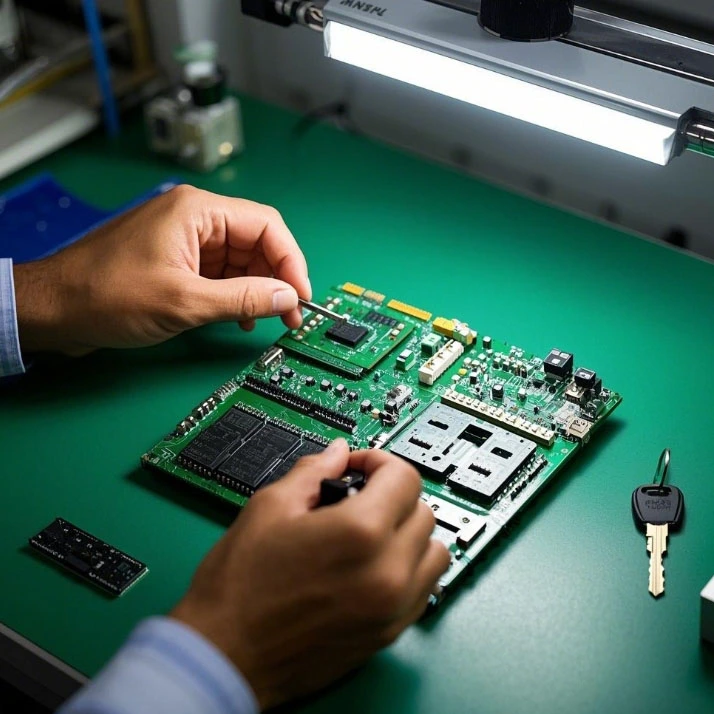Understanding PCB Assembly: Basics and Process
2025-02-26
Printed Circuit Board (PCB) assembly is a crucial step in electronics manufacturing, where electronic components are mounted onto a PCB to create a functional circuit. Understanding the PCB assembly process is essential for ensuring efficiency, reliability, and quality in electronic products.
What is PCB Assembly?
PCB assembly (PCBA) refers to the process of soldering and integrating electronic components onto a PCB to make it operational. Unlike PCB manufacturing, which involves designing and fabricating the board itself, assembly focuses on component placement and soldering techniques.

Key Steps in PCB Assembly
1. Solder Paste Application
A stencil is used to apply solder paste to designated areas where components will be mounted. This step ensures precise soldering and strong electrical connections.
2. Component Placement
Automated pick-and-place machines accurately position surface mount components onto the PCB according to the design layout.
3. Soldering Process
- Reflow Soldering: The board is heated in a controlled oven to melt the solder paste, creating secure connections.
- Wave Soldering: Used for through-hole components, where the board passes over a wave of molten solder.
4. Inspection and Quality Control
- Automated Optical Inspection (AOI) checks for misaligned or missing components.
- X-ray Inspection is used for complex PCBs with hidden solder joints.
- Manual Inspection ensures compliance with quality standards.
5. Functional Testing
PCBs undergo electrical testing to verify circuit functionality, ensuring that all connections and components work correctly before final assembly.
Conclusion
PCB assembly is a multi-step process that requires precision and quality control. Understanding the fundamental steps helps in improving production efficiency and ensuring the reliability of electronic products.


